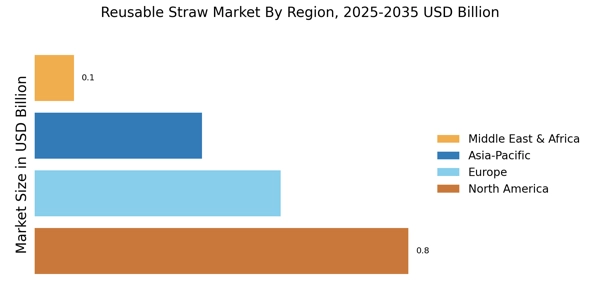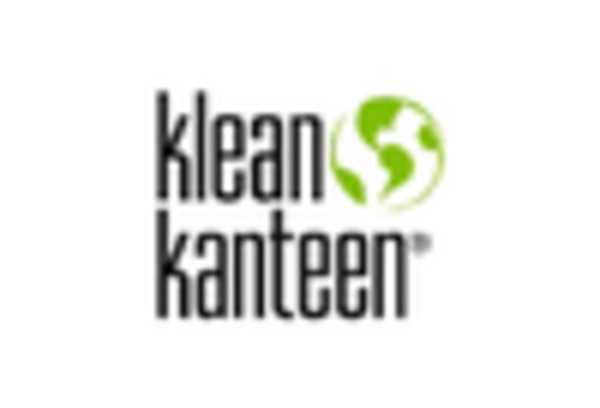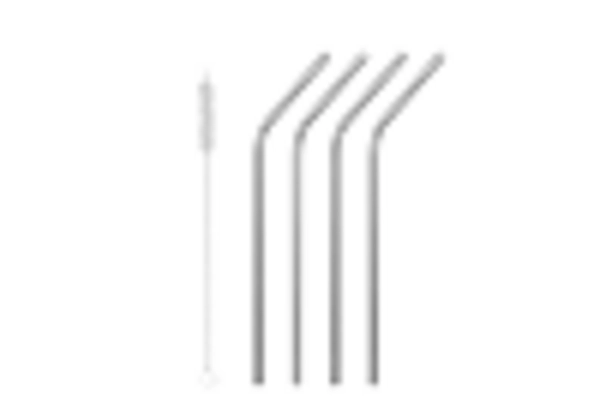Legislative Support
Legislative support for reducing plastic waste significantly influences the Reusable Straw Market. Many regions have implemented bans on single-use plastics, which has led to a surge in demand for reusable alternatives. For instance, various countries have enacted laws that restrict the use of plastic straws in restaurants and cafes, compelling businesses to adopt reusable options. This regulatory environment not only encourages consumers to switch to reusable straws but also incentivizes manufacturers to innovate and expand their product lines. The Reusable Straw Market is thus positioned to benefit from these legislative measures, which are likely to become more stringent in the coming years.
Social Media Influence
The influence of social media on consumer behavior is a notable driver for the Reusable Straw Market. Platforms like Instagram and TikTok have become powerful tools for promoting eco-friendly products, including reusable straws. Influencers and environmental advocates often showcase these products, creating a buzz that encourages followers to adopt sustainable practices. This trend is evident in the increasing visibility of reusable straws in lifestyle content, which has contributed to heightened consumer interest. As social media continues to shape purchasing decisions, the Reusable Straw Market is likely to experience sustained growth driven by online engagement and advocacy.
Consumer Health Awareness
Consumer health awareness plays a crucial role in shaping the Reusable Straw Market. As individuals become more informed about the potential health risks associated with certain materials, such as BPA in plastics, there is a growing preference for safer alternatives. Reusable straws made from stainless steel or silicone are perceived as healthier options, which enhances their appeal among health-conscious consumers. This trend is supported by market data indicating that the demand for non-toxic, reusable products is on the rise. Consequently, the Reusable Straw Market is likely to see increased sales as consumers prioritize their health alongside environmental concerns.
Innovative Product Designs
Innovative product designs are driving the evolution of the Reusable Straw Market. Manufacturers are increasingly focusing on creating straws that are not only functional but also aesthetically pleasing and convenient. Features such as collapsibility, portability, and customizable designs cater to diverse consumer preferences. This innovation is crucial in attracting a broader audience, including younger demographics who value both style and sustainability. Market analysis suggests that companies investing in design and functionality are likely to capture a larger share of the Reusable Straw Market, as consumers seek products that align with their lifestyle choices.
Sustainability Initiatives
The increasing emphasis on sustainability initiatives is a primary driver for the Reusable Straw Market. As consumers become more environmentally conscious, they actively seek alternatives to single-use plastics. This shift is reflected in the rising demand for reusable straws made from materials such as stainless steel, silicone, and bamboo. According to recent data, the market for reusable straws is projected to grow at a compound annual growth rate of approximately 8% over the next five years. This growth is indicative of a broader trend where businesses and consumers alike prioritize eco-friendly products, thereby propelling the Reusable Straw Market forward.


















Leave a Comment